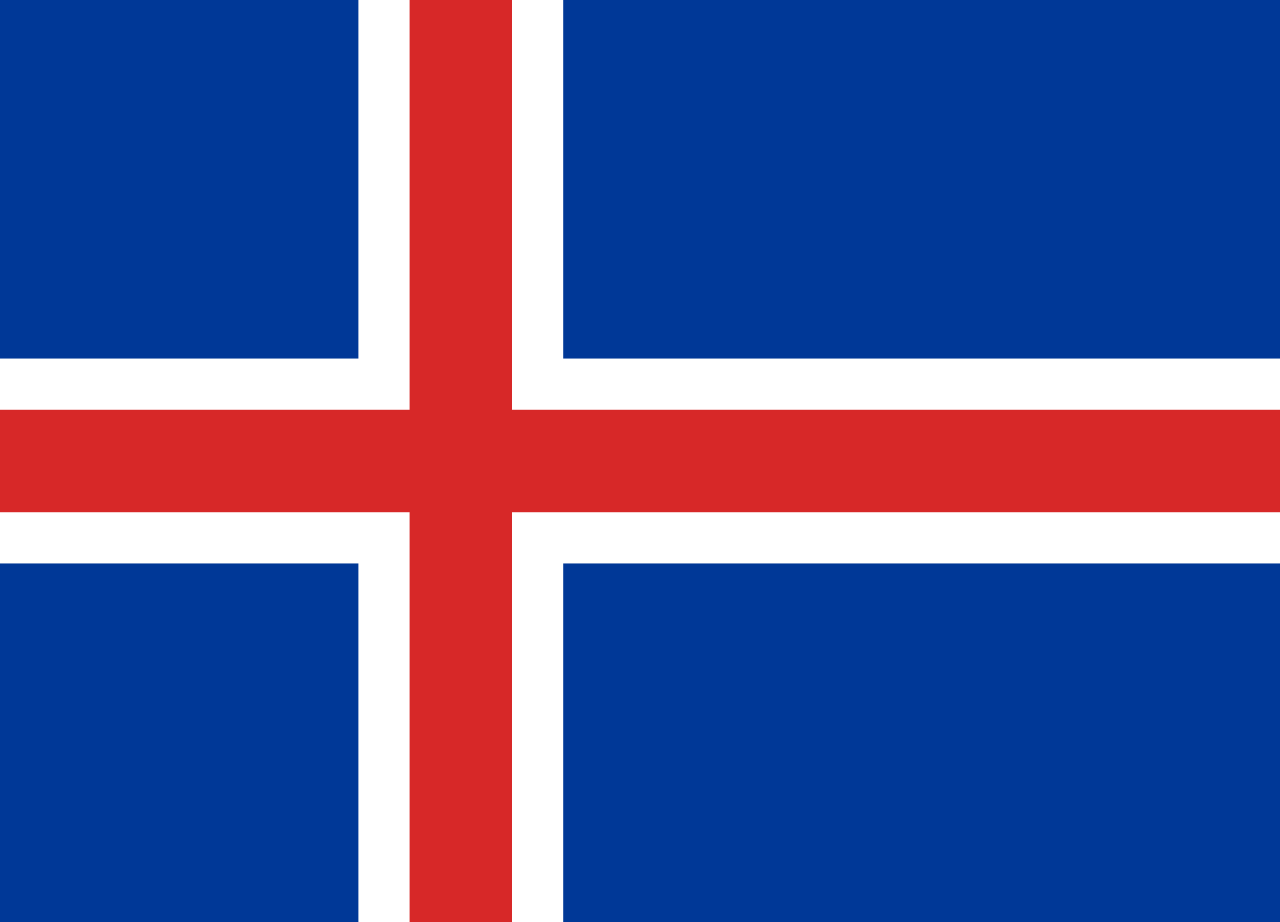speckledtroutrodeo.com – The flag of Iceland, known as the Íslandskír, is a powerful emblem that encapsulates the country’s journey to independence and its awe-inspiring natural landscapes. This article explores the design, history, and significance of the Icelandic flag.
Design and Description
The Icelandic flag features a blue cross on a red background, with a white border separating the cross from the red field. The cross extends to the edges of the flag, creating a distinctive and recognizable design. The colors are rich and vibrant, reflecting the country’s natural elements.
History
The Icelandic flag was officially adopted on June 17, 1944, the day Iceland declared its independence from Denmark and became a republic. However, the design has been in use since the late 19th century, when it became a symbol of the Icelandic independence movement.
The flag’s design was influenced by other Nordic flags, such as those of Denmark, Norway, and Sweden, which also feature crosses. The choice of colors—blue, white, and red—was inspired by the Icelandic landscape, with the blue representing the ocean and ice, the white symbolizing snow and purity, and the red signifying the volcanic fires that shape the island.
Symbolism
The Icelandic flag is a powerful symbol of the country’s independence and its unique position in the world. The blue cross on a red background is a clear nod to the Nordic heritage, while the white border adds a distinctive Icelandic touch. The flag’s colors evoke the natural beauty of Iceland, from its glaciers and ice caps to its geothermal landscapes.
Use and Display
The Icelandic flag is flown with pride throughout the country and by Icelandic communities around the world. It is a prominent feature during national holidays, public events, and sports competitions. The flag is also displayed at government buildings, schools, and private homes, reflecting a deep sense of national identity and unity.
Conclusion
The Icelandic flag is more than just a piece of cloth; it is a symbol of the country’s rich history, its struggle for independence, and its unparalleled natural beauty. As a beacon of Icelandic identity, the flag continues to inspire and unite the people of Iceland, both at home and abroad.
By understanding the flag’s history and meaning, we gain a deeper appreciation for the values and spirit of Iceland. The Íslandskír stands as a testament to the country’s resilience, its cultural heritage, and its enduring connection to the natural world.
